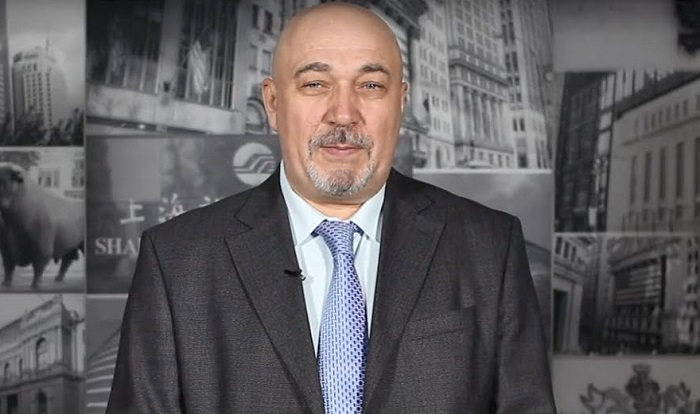- Renewable energy transition and transport electrification are considered a long-term factor in the growing demand for non-ferrous metals, especially "battery" metals (lithium, nickel, copper, cobalt, etc.). The world’s economic powers pursue this course as a basis for rapid investment growth, industrial renewal and stimulation of technological development. Economists and politicians call it a “new industrial revolution.” At the same time, concrete plans for energy transition keep ahead of the extractive industry potential, leading to shortages and price hikes. The "green economy" requires several times more copper, nickel, aluminum, and other non-ferrous industrial metals than internal combustion engines and conventional energy. Production lags behind demand growth.
- How long can this situation last?
- This situation is most likely to last until 2030. By this time, it is planned to lay the foundation for new infrastructure. In the future, the demand for new volumes of metals is most likely to slow down, as most non-ferrous metals can be recycled without losing their properties and with minimal volume loss. The share of secondary metals will probably grow in the future.
- Is the escalating geopolitical situation one of the factors behind price growth?
- The ongoing tense geopolitical situation in the world is exacerbating difficulties with transport logistics. At the same time, concerns about interruptions in the supply of raw materials and metals from Russia and Ukraine are growing.
However, some factors lead to a drop in prices and high volatility in markets. One of the factors is a new wave of COVID-19 in China, the world’s largest importer of raw materials and processors of industrial materials. New restrictions imposed by the Chinese authorities from time to time in the country’s largest provinces harm global demand and lead to a price fall.

- How does the dollar exchange rate affect the non-ferrous metal market?
- Currently, limiting the financial incentives of developed economies and raising interest rates leads to the appreciation of major currencies, primarily the dollar, which is followed by falling demand and decreasing prices. On the contrary, the adoption by China and the United States of new government programs for the modernization of energy, transportation and industrial infrastructure significantly increases metal consumption. Generally, the combination of some contradictory factors, in some cases, brings about significant fluctuations in both high and low prices, and the long-term trend keeps rising.
At the same time, prices themselves act as a powerful regulator of processes. Growing prices accelerate inflation, slow down the economy, stop the flow of energy, and force it to defer, thereby reducing demand. On the other hand, high prices encourage producers to increase production and use ore reserves and resources that were previously considered unlucrative. In this way, they contribute to increasing market supply.
- What steps should the Caspian littoral states take in such a situation?
- It is reasonable for the Caspian states, which have the appropriate resources, to raise production and processing. As far as I know, Azerbaijan has lead, zinc, and cobalt ore reserves. At present, it is difficult to predict to what extent the escalating geopolitical situation will hamper or stimulate the development of Russia’s mine industry. Russia has announced several projects on copper production until 2022. In 2021, Norilsk Nikel commissioned a Bistrinsky mining and processing plant in the Trans-Baikal region. Besides, RUSAL commissioned a new Tayshet aluminum plant in the Irkutsk region in 2021. Given the new demand posed by the green economy, Norilsk Nikel has set an ambitious goal to raise nickel and copper production by 25-35, and palladium and other platinum group metals by 50-60% by 2030.
AzVision.az
















































